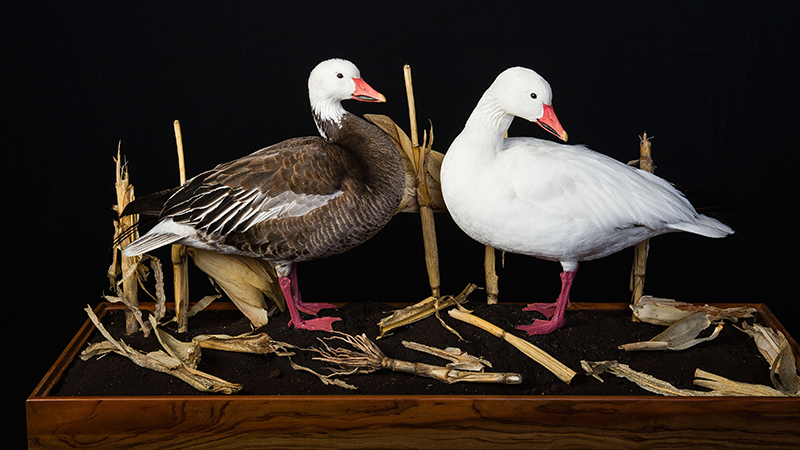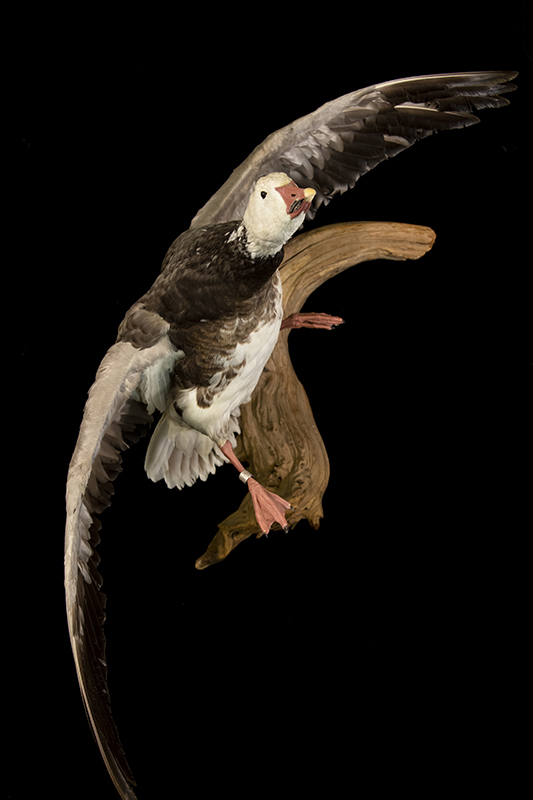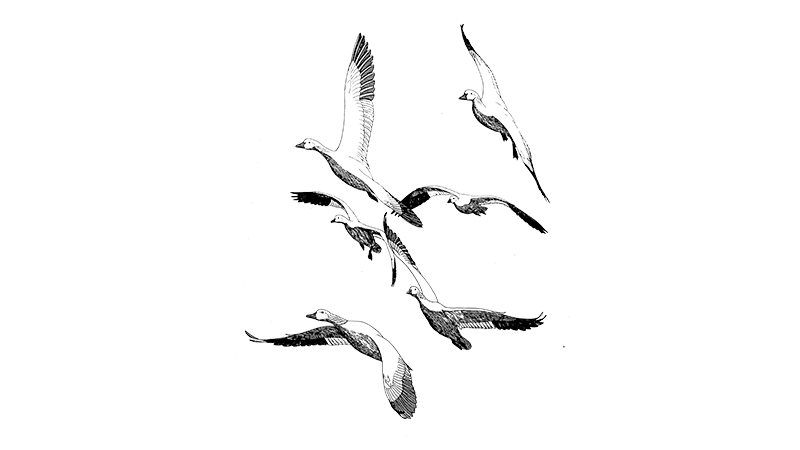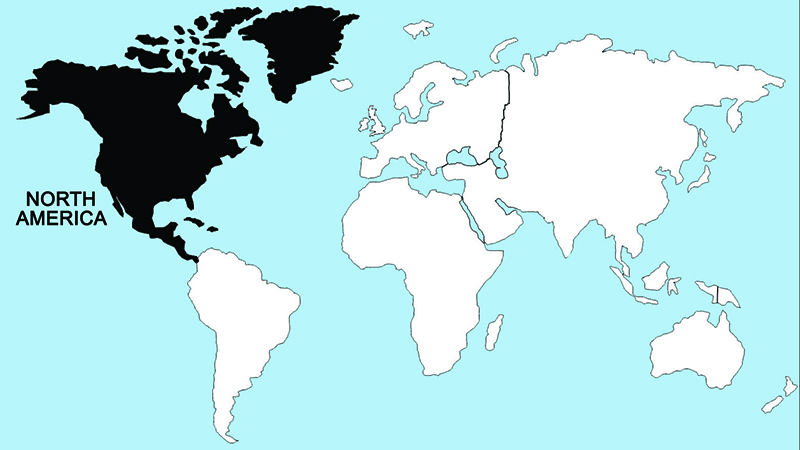Lesser Snow Goose

In the lesser snow goose (Anser c. caerulescens), where there are two genetically determined color morphs, mate choice is strongly influenced by early experience, with birds tending to pair with individuals that match the color of their parents. Since the morph type of parent and that of offspring are usually the same, the incidence of mixed matings and thus heterozygotic or "hybrid" offspring is considerably less than would be brought about by random matings. In recent decades, however, the "blue" morph of the lesser snow goose has become relatively more common on more northerly and westerly breeding grounds.

Snow geese arrive on their high arctic breeding grounds just as the terrain is beginning to become snow-free. The birds often nest near or among other arctic geese, such as brant or cackling geese, and sometimes nest close to snowy owls, presumably for protection from other potential predators such as gulls and jaegers. The four- or five-egg clutch is laid at the rate of one egg per day, and the female begins incubation as soon as the clutch has been completed. During the 22–23 day incubation period the female scarcely leaves the nest. The male remains near to defend it from arctic foxes or other possible disturbances. Because of her fasting during incubation, the female loses a good deal of weight and may even freeze or starve to death on the nest if she is not in ideal physical condition at the onset of nesting. The young leave the nest only a few hours after they all have hatched, and usually are led by the parents out of the nesting colony to safer areas, such as shallow lakes or the tidal zone, for brood-rearing. They fledge in about six weeks, and soon thereafter the birds begin to flock in preparation for their southward migration.

Regions Birds Are Found

Collection Location & Year
Canada - Northwest Territories 1995
Taxonomy
| Order | Anseriformes |
|---|---|
| Family | Anatidae |
| Sub Family | Anatinae |
| Tribe | Anserini |
| Species | Anser |
| Genus | caerulescens |
Gender
Male
References
- Johnsgard, P. A. 1975b. Waterfowl of North America. Bloomington, IN: Indiana Univ. Press.
- Johnsgard, P. A. 1978. Ducks, Geese and Swans of the World. Lincoln, NE: Univ. of Nebraska Press.
- Elliot, A., J. del Hoyo, J. Sargatal, and C. Imboden, eds. 1992. Handbook of Birds of the World. Vol. 1 (Ostriches to Ducks). Barcelona, Spain: Lynx Editions.
- Kear, J. 2005. Ducks, Geese and Swans. London, UK: Oxford University Press.